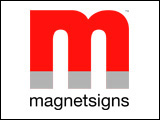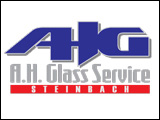The Manager of Sustainable Development with Manitoba Pork suggests the use of solar power offers the greatest potential as an alternative source of energy within Manitoba’s swine industry.
In an effort to cut operating costs while reducing their environmental impact swine producers have been exploring a range of alternative energy sources such as solar power, wind power and anaerobic digestion.
Mike Teillet, the Manager of Sustainable Development with Manitoba Pork, says solar enegry can provide electricity for lighting as well as heat and solar panels can be installed on the ground or on the roof the barn.
Solar power can provide energy in the same way that any energy source can. Generally speaking it can provide electricity. Often this can be done through using a boiler being heated by the energy from the solar panels. Solar has actually, in terms of costs, is one of those things that have come down quite a bit in the last few years. It’s our understanding that the Chinese government has mandated a certain percentage of solar heat within China and so there’s been a huge increase in production in China of solar power equipment, panels and so on and that has brought the cost way down from just even a few years ago.
Teillet says, while wind offers many of the same advantages as solar and has been used to a limited extent for a long time, the equipment tends to be very expensive and wind is variable so you don’t always have wind to generate electricity.
He says anaerobic digestion is extremely expensive to install, in the range of one to two million dollars, and to maintain and the technology doesn’t work in cold climates.



